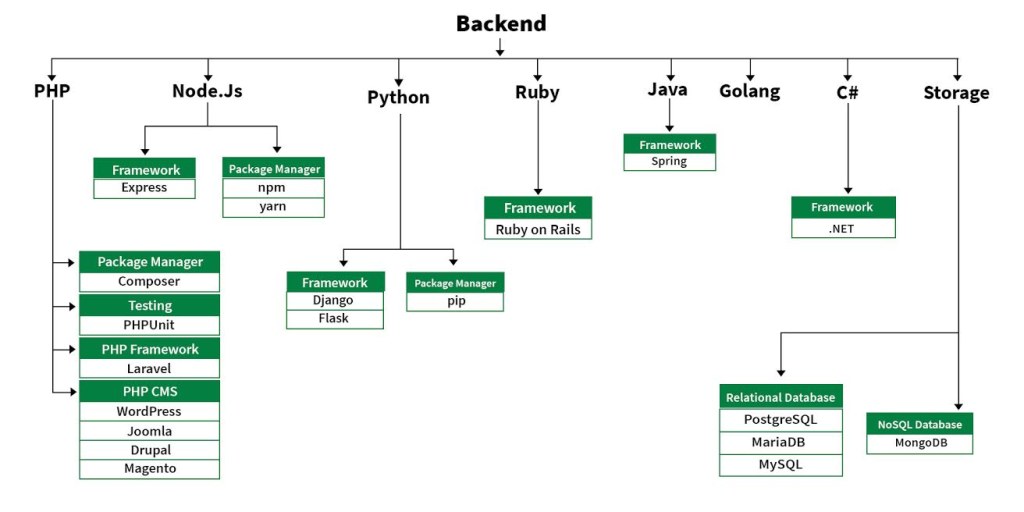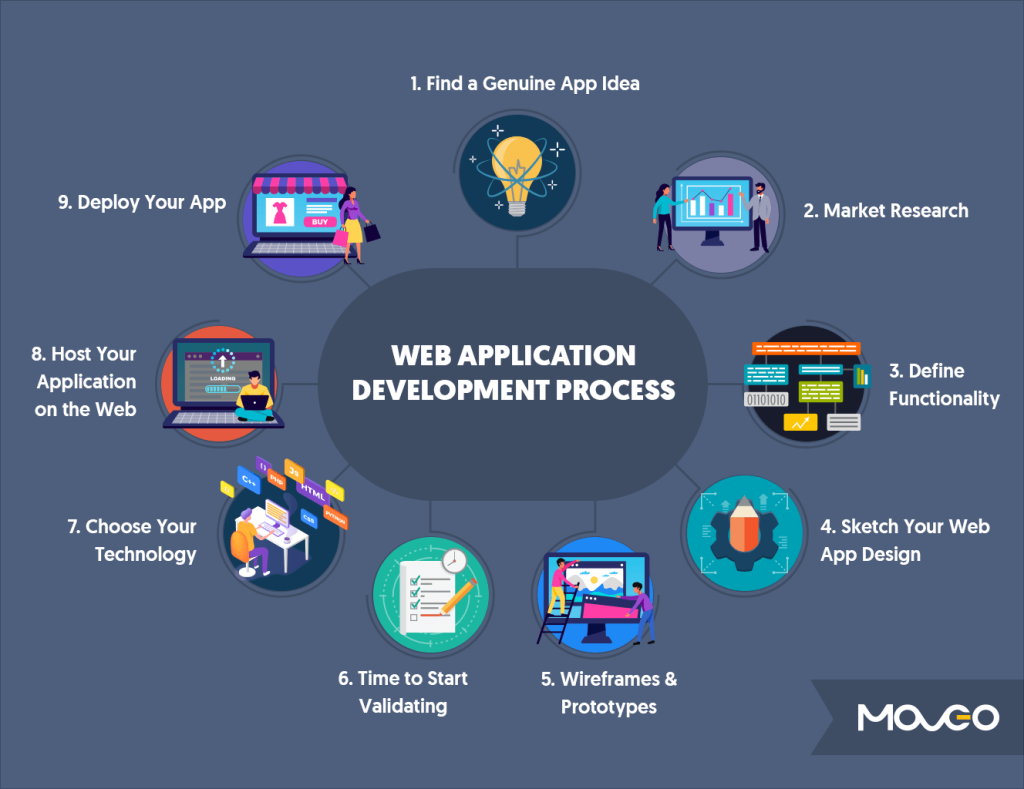The Ultimate Guide To Web Development Def: Unleashing The Power Of Click To Action (CTA)
Web Development Def: Understanding the Fundamentals of Building Websites
Greetings, Readers! Today, we will delve into the world of web development and explore its definition, importance, and various aspects. In this article, we will provide you with a comprehensive overview of web development, shedding light on its key components, advantages, disadvantages, and FAQs. So, let’s get started!
Introduction
3 Picture Gallery: The Ultimate Guide To Web Development Def: Unleashing The Power Of Click To Action (CTA)



Web development refers to the process of building, creating, and maintaining websites. It encompasses a wide range of tasks, including web design, content creation, server-side scripting, network security configuration, and more. Web development plays a crucial role in establishing an online presence, attracting visitors, and providing a seamless user experience.
There are three main components in web development: client-side scripting, server-side scripting, and database technology. Client-side scripting involves coding languages like HTML, CSS, and JavaScript, which determine how the website appears and functions on the user’s end. Server-side scripting, on the other hand, focuses on processing user requests, retrieving and storing data, and generating dynamic web pages. Lastly, database technology enables the storage and retrieval of information on the web server.

Image Source: geeksforgeeks.org
Web development has become an integral part of modern businesses and individuals alike. It allows companies to showcase their products and services, interact with customers, and generate leads. Furthermore, it provides individuals with the opportunity to express themselves, share their thoughts, and collaborate with others on a global scale.
Now, let’s take a closer look at the key aspects of web development:
What is Web Development?

Image Source: moveoapps.com
Web development is the process of creating and maintaining websites. It involves various tasks such as web design, coding, content creation, and server configuration. The goal of web development is to build functional and visually appealing websites that meet the needs of the target audience.
Web developers utilize coding languages, frameworks, and libraries to bring websites to life. These include HTML, CSS, JavaScript, PHP, and more. By combining these tools, developers can create interactive web pages, optimize performance, and ensure compatibility across different devices and browsers.
Who is Involved in Web Development?

Image Source: webpixeltechnologies.com
Web development often requires collaboration between different professionals, each with their own expertise. Some of the key roles in web development include:
Web Designers: They focus on the visual aspects of the website, creating layouts, graphics, and user interfaces.
Front-End Developers: They are responsible for coding the client-side of the website, ensuring its functionality and responsiveness.
Back-End Developers: They handle the server-side scripting, database management, and server configuration.
Full-Stack Developers: They possess skills in both front-end and back-end development, allowing them to handle the entire web development process.
When Should You Consider Web Development?
Web development is essential for various scenarios, including:
Starting a Business: If you want to establish an online presence for your business, web development is crucial. A well-designed and functional website can help attract customers and boost sales.
Updating an Existing Website: If your website is outdated, slow, or lacks certain features, web development can help revamp it and improve user experience.
Creating a Personal Blog or Portfolio: Web development allows individuals to showcase their work, share their ideas, and connect with like-minded individuals.
Where Does Web Development Take Place?
Web development can be performed remotely or within a physical office setting. Many web developers work as freelancers, providing their services to clients worldwide. Additionally, web development agencies and in-house development teams work from their offices to create and maintain websites.
Why is Web Development Important?
Web development is crucial for several reasons:
Online Presence: A well-developed website helps establish an online presence and reach a wider audience.
Brand Building: An aesthetically pleasing and functional website enhances the brand image and credibility.
Improved User Experience: A well-designed website with intuitive navigation and fast load times enhances user experience, resulting in higher visitor engagement.
Business Growth: With an online presence, businesses can expand their reach, generate leads, and increase sales.
How Does Web Development Work?
Web development follows a systematic process that involves several steps:
Planning: Defining the goals, target audience, and scope of the website.
Design: Creating wireframes, mockups, and visual designs for the website.
Development: Building the website using coding languages, frameworks, and content management systems.
Testing: Ensuring the website is bug-free, responsive, and compatible with different devices and browsers.
Deployment: Uploading the website to a web server and making it live.
Maintenance: Regularly updating and optimizing the website to ensure its functionality and security.
Advantages and Disadvantages of Web Development
Web development offers several advantages, including:
Global Reach: Websites can be accessed by anyone with an internet connection, allowing businesses to reach a global audience.
Increased Visibility: A well-optimized website can improve search engine rankings, making it easier for potential customers to find your business.
Customization: Web development allows for customization, ensuring that the website reflects your brand’s unique identity and caters to your specific needs.
Automation: By integrating various tools and technologies, web development can automate certain tasks, saving time and improving efficiency.
However, web development also has its disadvantages:
Cost: Web development can be expensive, especially for complex websites that require advanced features and functionalities.
Technical Challenges: Building and maintaining websites require technical skills and knowledge, which may be a barrier for some individuals or businesses.
Security Risks: Websites can be vulnerable to cyber attacks, necessitating robust security measures to protect sensitive data.
Frequently Asked Questions (FAQ)
1. What programming languages are commonly used in web development?
Commonly used programming languages in web development include HTML, CSS, JavaScript, PHP, Python, and Ruby.
2. Is web development the same as web design?
No, web development and web design are two distinct disciplines. While web development focuses on the technical aspects of building websites, web design deals with the visual and user experience elements.
3. How long does it take to develop a website?
The time required to develop a website depends on various factors, such as its complexity, features, and the availability of resources. Simple websites can be built within a few weeks, while more complex projects may take several months.
4. Can I update my website after it has been developed?
Yes, websites can be updated and modified even after they have been developed. This flexibility allows businesses to adapt to changing needs and incorporate new features.
5. What are the ongoing maintenance requirements for a website?
To ensure the optimal performance and security of a website, regular maintenance tasks include updating software, backing up data, monitoring traffic, and resolving any issues or bugs that may arise.
Conclusion
In conclusion, web development is a multifaceted process that involves designing, coding, and maintaining websites. It plays a crucial role in establishing an online presence, attracting visitors, and facilitating business growth. While web development offers numerous advantages, it also comes with certain challenges. By understanding the fundamentals of web development, businesses and individuals can harness its power to create compelling and functional websites that leave a lasting impression on their target audience.
Now that you have a deeper understanding of web development, why not take the next step and explore the possibilities it offers? Whether you’re a business owner looking to expand your online presence or an aspiring web developer, the world of web development awaits your creative touch. Start building your digital footprint today!
Final Remarks
The information provided in this article is intended for educational purposes only. The field of web development is constantly evolving, and it is crucial to stay updated with the latest trends, technologies, and best practices. This article serves as a starting point for your web development journey, but further research and learning are recommended to gain a comprehensive understanding of this vast discipline.
This post topic: Programming


